Trump and his Big Oil cronies aim to destroy all of us, now green-lighting the Keystone XL tar sands pipeline, one in a long line of planned and approved climate and environmental policy brutalizations. Sorry, folks, this is not hyperbole. The wrinkle is, we are a nation of laws, development depends upon process. Science and the will of the people will prevail, but it will take time, and it will not be pretty. Sorry Big Oil. We will stop you. Watch the documentary Petropolis to understand the cost to the land from tar sands crude oil extraction to the Alberta, Canada, landscape.


#NoKXL Best Hits: Six Reasons Keystone XL Must Not Be Built
By David Turnbull, Published in Oil Change International
On March 24, Donald Trump’s administration announced approval of the federal permit for the Keystone XL tar sands export pipeline. We have worked for years to stop this from being built, and we were successful in convincing the previous administration that Keystone XL would be a disaster.
The approval by the Trump Administration is a set back, to be sure, but there are numerous roadblocks still standing in the way of the pipeline being built. There is still no approved route in Nebraska and the #NoKXL movement in Nebraska is working to keep it that way. So as we await the photo-op from the Trump Administration, here’s a compilation of a few of our “best hits” for why Keystone XL must not be built. (Note that while not everything has changed since these reports were released, the oil market is of course constantly in flux — making it all the more concerning that Keystone XL may be pushed through by the Trump administration without a new and robust analysis of its potential impacts in light of current market conditions and an ever-more-dire understanding of our climate crisis.)
“At some point we must draw a line across the ground of our home and our being, drive a spear into the land and say to the bulldozers, earthmovers, government and corporations, “thus far and no further.” If we do not, we shall later feel, instead of pride, the regret of Thoreau, that good but overly-bookish man, who wrote, near the end of his life, “If I repent of anything it is likely to be my good behavior.” – Edward Abbey
httpvh://youtu.be/agwTige0dqQ
Documentary – Petropolis: Aerial Perspectives on the Alberta Tar Sands
Keystone XL fails the climate test.
This one’s a no-brainer and reinforced by a lot of our work. Keystone XL would transport hundreds of thousands of barrels of some of the most carbon-intensive oil in the planet each day. It would incentivize further expansion of the tar sands in Canada — a huge and growing source of emissions for Canada, and the oil Keystone XL would transport would contribute some 181 million metric tons of CO2 each year if built.
“Donald Trump likes to talk a big game when it comes to laying pipe, but landowners, native nations, and climate activists aren’t going to let him get away with groping America. Put your tiny hands in the air, Trump, and back away from the climate.” — Oil Change International
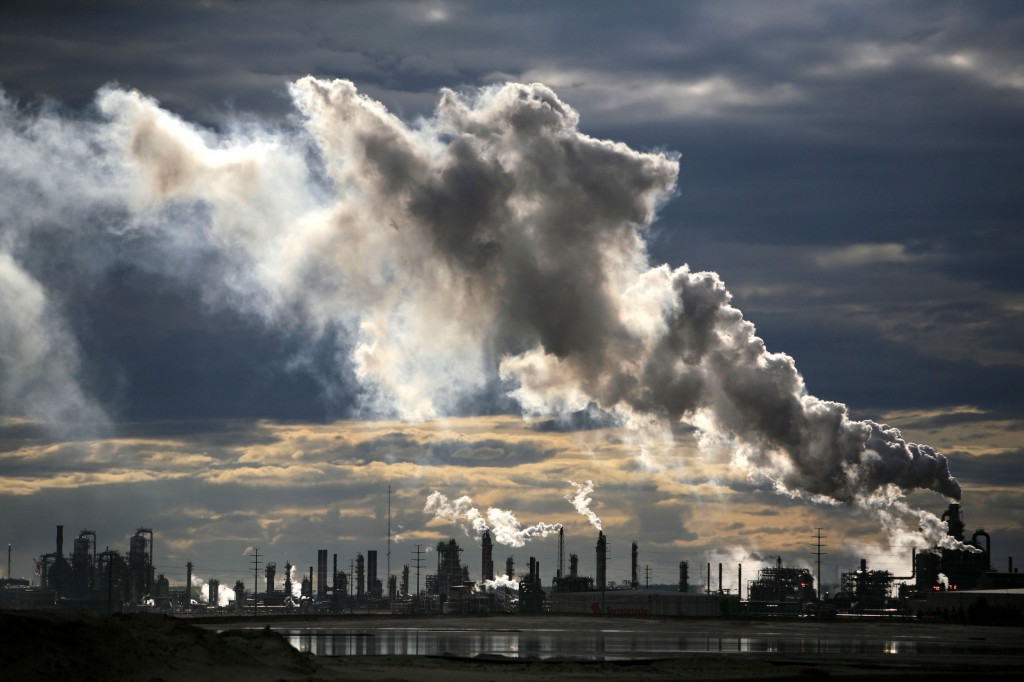

Read more in our two groundbreaking reports:
- Cooking the Books: The True Climate Impact of Keystone XL
- FAIL: How the Keystone XL Tar Sands Pipeline Flunks the Climate Test
Even the State Department’s own faulty review of the Keystone XL pipeline (written by a consultancy affiliated with the oil industry) showed that under a scenario in which climate change is taken seriously, the emissions associated with the Keystone XL pipeline would be the equivalent of adding 5.7 million cars to the roads each year. And the Environmental Protection Agency, in comments in response to State Department’s analysis, highlighted the potential greenhouse gas emissions as a reason for rejecting the pipeline.
STORY: Post-Apocalyptic Destruction of the Tar Sands: Alberta from Above
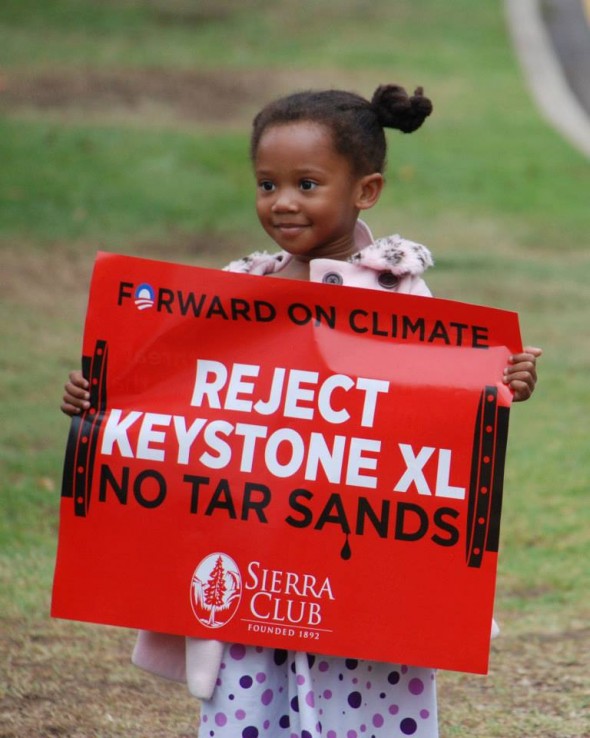

Keystone XL is an export pipeline.
A constant talking point of the industry and it’s friends in Congress (and now the White House) is that Keystone XL will contribute to energy security for the United States. Putting aside that we can’t drill our way to energy security in the first place because the climate impacts are a major security threat, we also exposed that Keystone XL is, in fact, an export pipeline. When Keystone XL was being debated around 2013 and 2014, the crude oil export ban in the United States was still in place, but even so the industry was exposed to be planning to exploit a loophole in the regulations in order to export the tar sands crude oil into the global market from U.S. ports along the Gulf Coast. Even the oil refined in the Gulf Coast would largely be bound for exports, based on a review of exports from refineries that would accept oil from Keystone XL, building on our earlier analysis. Keystone XL was clearly shown to be a pipeline through the United States and not to the United States.
Rail is no replacement for Keystone XL, and the choice is a false one.
As the industry fears of a Keystone XL rejection started to ramp up, they began putting out a false choice narrative that if Keystone XL was not built, they would just transport the tar sands via rail, which would be more dangerous. Turns out this simply was never an economically viable option. Government data from the Energy Information Administration showed that very little Canadian crude of any kind was getting to the Gulf Coast via rail. What’s more, we worked to expose this option as a false choice in the first place — after all, choosing to be hit by a car or a truck is a choice no one ever wants to make.
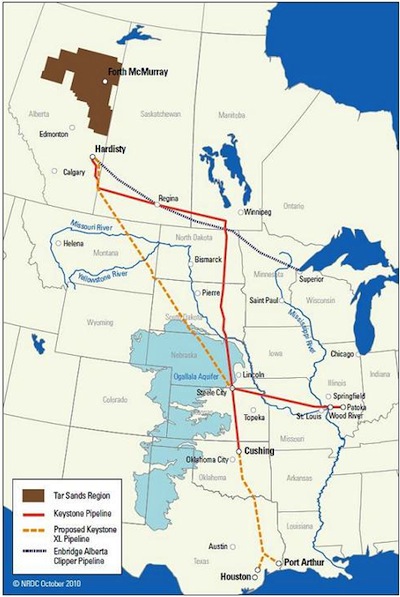

Keystone XL supporters in Congress are bought and paid for by the fossil fuel industry.
During President Obama’s tenure, Congress made multiple attempts to take decision-making authority out of his hands to force approval of Keystone XL. Votes were cast on numerous occasions and each time the message was loud and clear: the oil industry was paying for support for Keystone XL. The American Petroleum Institute spent millions lobbying for Keystone XL. Members of Congress voting to force approval of the pipeline took millions from the fossil fuel industry, many times more than those opposed to the project. It became crystal clear that pushing for approval of the Keystone XL pipeline was not about jobs or economic development, it was about politicians paying back their oily campaign boosters. Plain and simple.
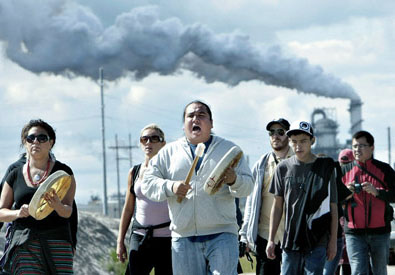

The hidden costs of Keystone XL are massive.
As the analysis of Keystone XL continued, more and more problems emerged. Petcoke — a term new to many — all of a sudden hit the front page of the New York Times, as massive piles of it started piling up in places like Chicago and Detroit. Petcoke is a dirty coal-like byproduct of the refining process for heavy oils like the tar sands, and it turned out that it was being ignored in government analysis of the Keystone XL pipelined. Our research found that in Keystone XL’s projected lifetime, the pipeline would be responsible for enough petcoke to fill 80 Empire State Buildings. When burned in power plants, petcoke is some 5 to 10 percent dirtier than coal on a per-unit of energy basis, meaning that the petcoke produced from Keystone could fuel 5 coal plants and produce 16.6 million metric tons of CO2 each year.
The 1,700-mile pipeline would cross rivers, streams and wetlands that are a source for drinking water for people and provide habitat for at least 20 rare and endangered species, including whooping cranes, pallid sturgeons, interior least terns and piping plovers. Since 1986 pipeline accidents have spilled an average of 76,000 barrels per year, or more than 3 million gallons of oil and other substances. — Center for Biological Diversity
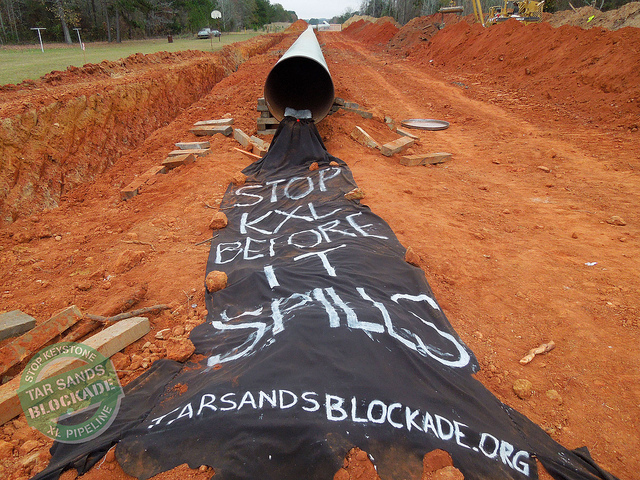

Stopping Keystone XL is not just a symbolic fight, it’s a real one with real impacts.
After Keystone XL was finally rejected by President Obama, we worked to show that while it was a hugely symbolic show of strength by the massive opposition to the pipeline and movement for climate action, it was also an important substantive victory for our climate as well. Keystone XL could unlock growth of tar sands production if built, and keeping tar sands in the ground is critical to meeting global climate commitments. Fighting against fossil fuel supply is critical, as OCI Executive Director Steve Kretzmann has pointed out forcefully and convincingly. Since then, Oil Change’s “The Sky’s Limit” report has shown that there can be absolutely no new fossil fuel development — and no projects that would incentivize new fossil fuel development such as the Keystone XL pipeline can be approved — if we are to achieve our climate goals.
The movement to stop Keystone XL was massive the first time around. This time around, the stakes are just as high, and the movement will continue to grow. There are simply too many reasons Keystone XL must not be built.

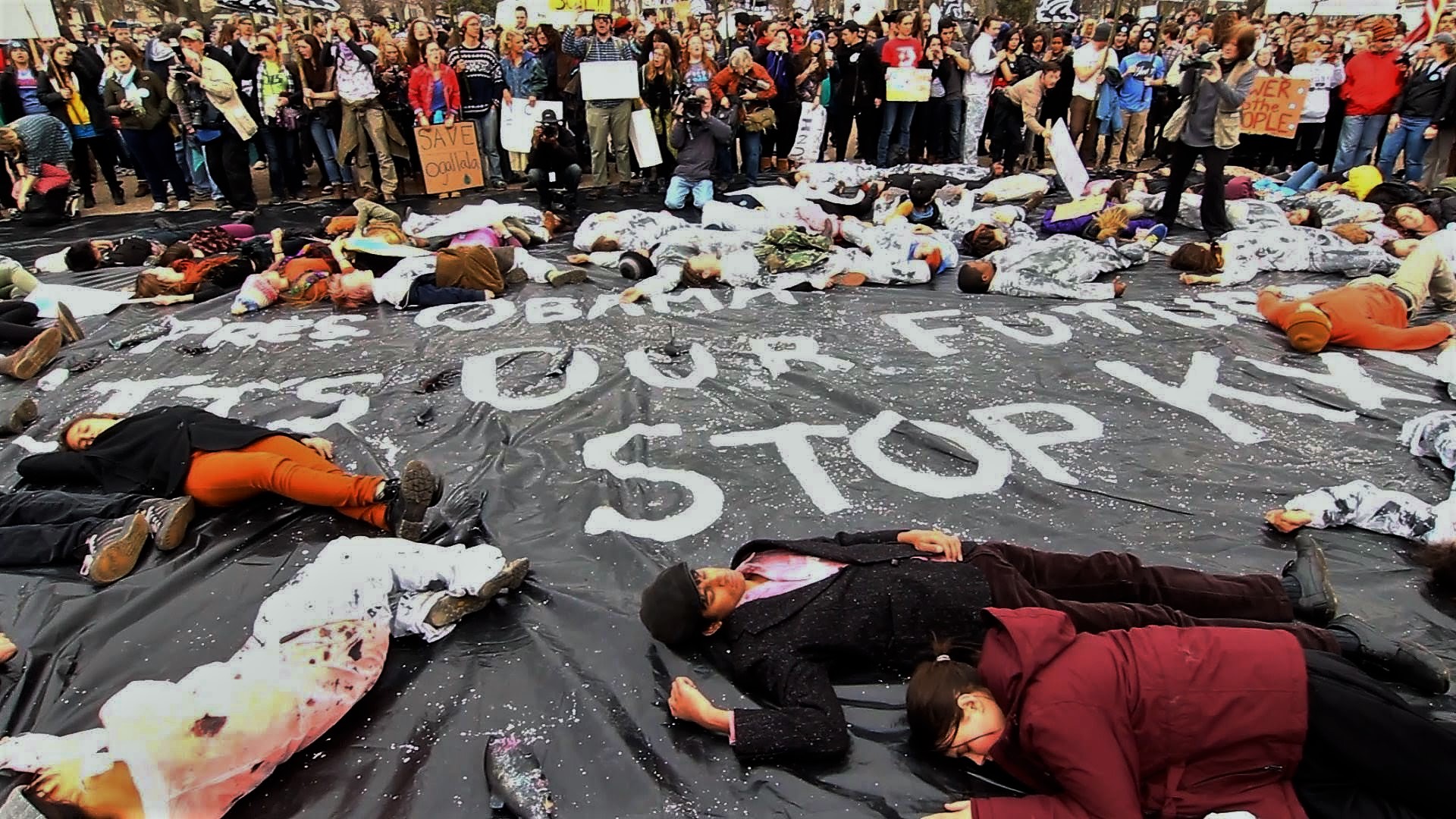


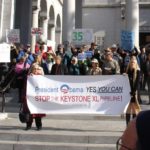
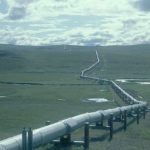








Pingback: How Indigenous People Will End Oil Pipelines | WilderUtopia.com
Pingback: How Indigenous People Will End Tar Sands Pipelines – EcoJustice Radio